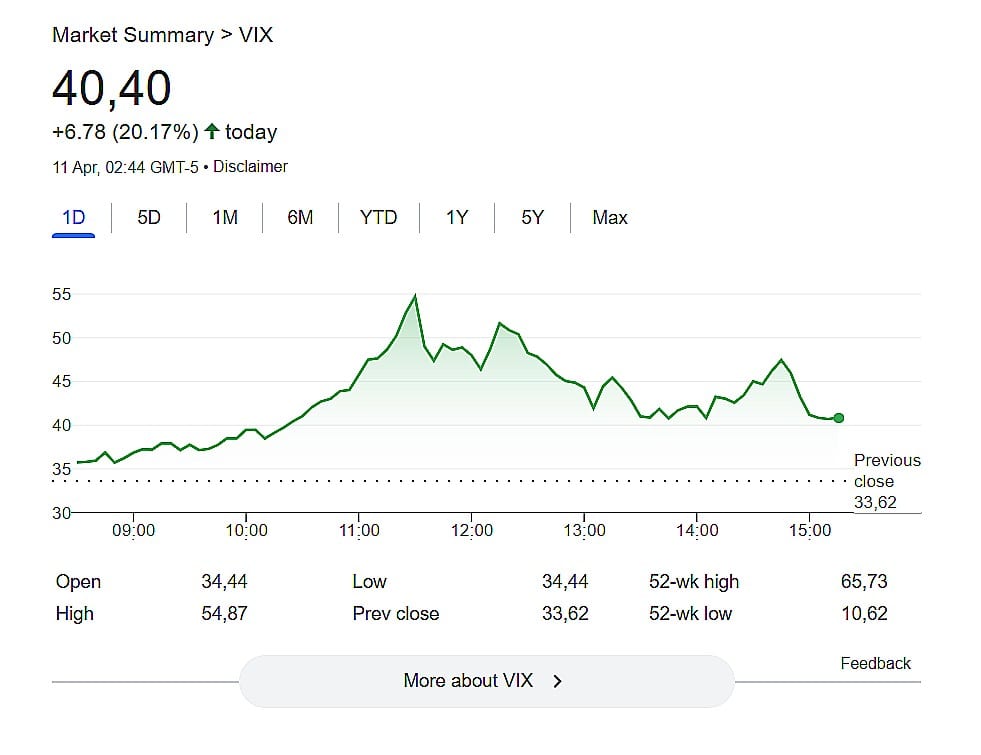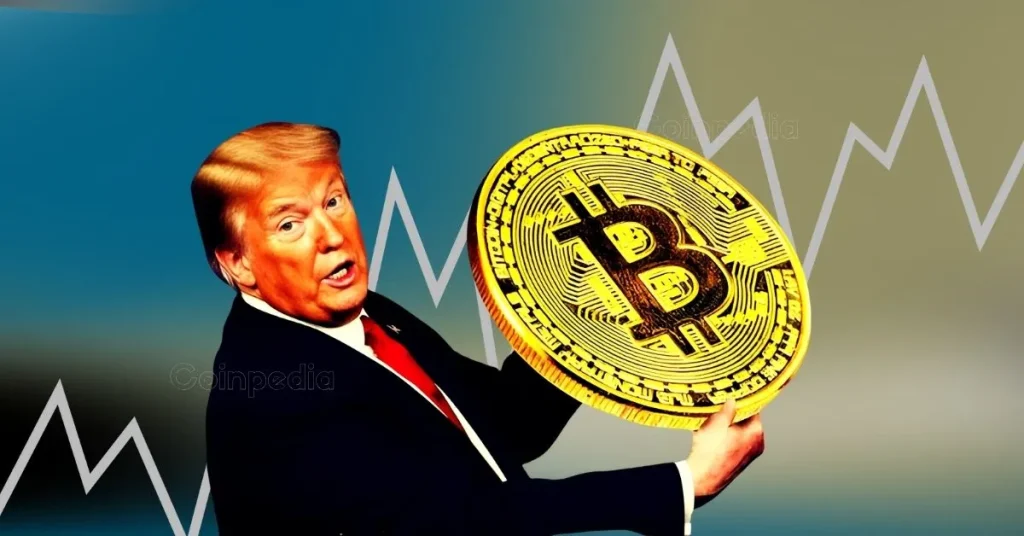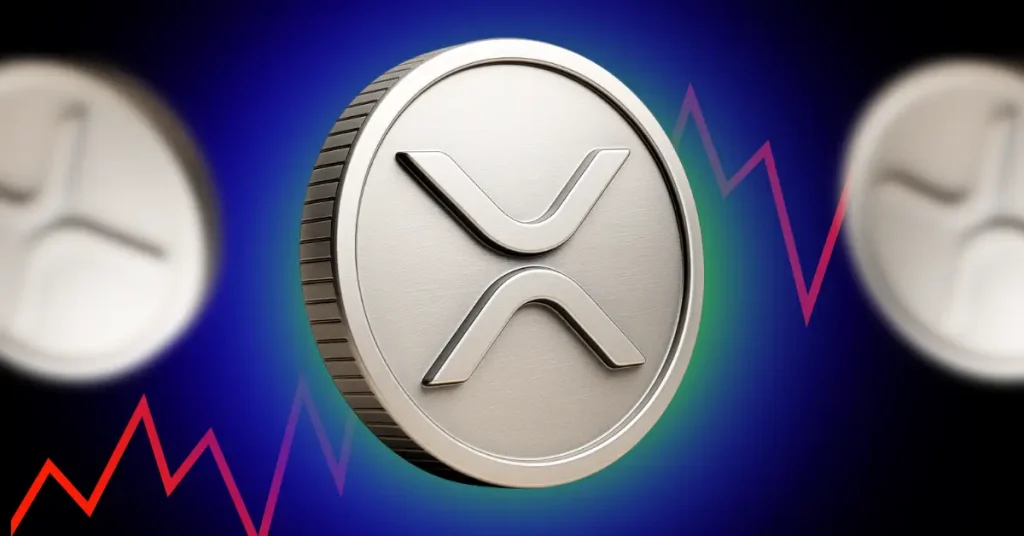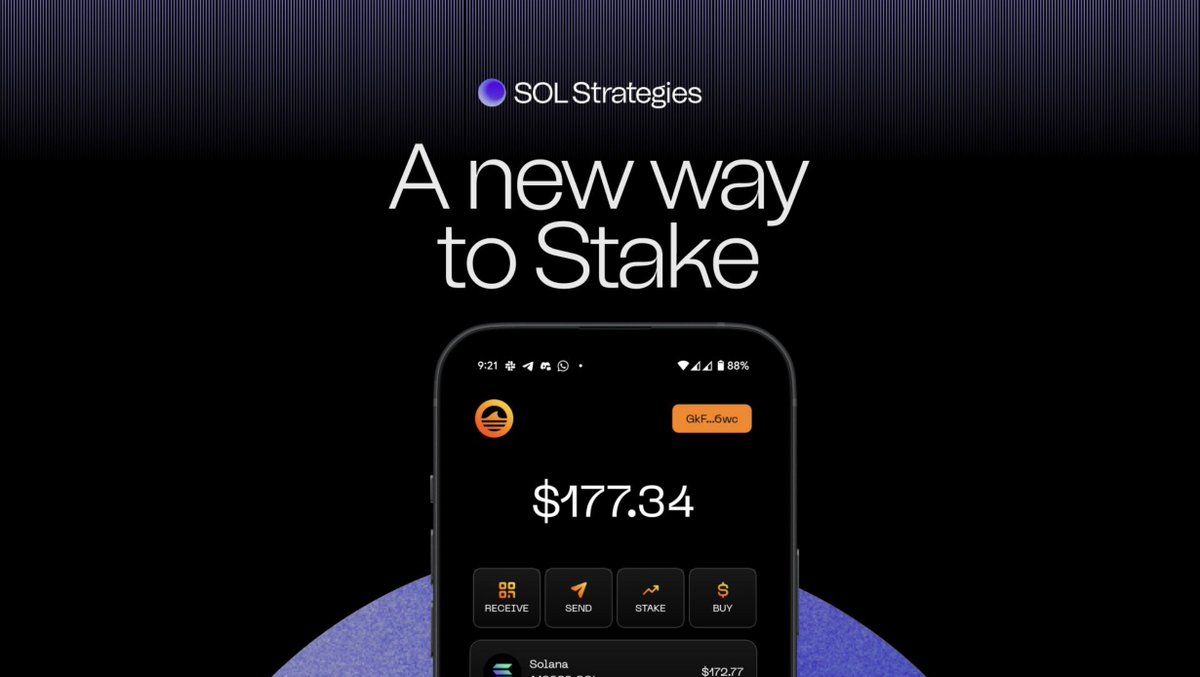
At the time of publication, Bitcoin is trading at approximately $82,661, up just over 10% from its Monday low of $74,936. The current surge comes at the end of week of astounding geopolitical tensions and economic uncertainties, including escalating trade disputes and rapid shifts in monetary policy.
Nonetheless, analysts remain divided on Bitcoin’s trajectory, with some anticipating a rebound driven by institutional interest and others cautioning about possible further declines. To stay ahead of market sentiment and breaking developments, many traders are turning to TokenFest.io, a trusted hub for real-time crypto news and analysis.
Bitcoin’s Resurgence: A Closer Look
Bitcoin’s push past $82,000 has reignited hopes of a sustained bull market, driven by strong ETF inflows, institutional participation, and optimism around global monetary policy. U.S. inflation cooled in March, with the Consumer Price Index (CPI) rising 2.4% year-over-year, down from 2.8% in February. This bodes well for further interest rate cuts later this year — a scenario in which analysts say risk assets like crypto could benefit from renewed investor appetite.
Trading activity has picked up significantly, and net inflows into digital asset funds have stayed positive for several weeks. But not all signals point to smooth sailing. The BTC ($94,100.00) RSI is flashing overbought levels, and on-chain data reveals that some large holders—or “whales”—are quietly distributing assets. Historically, such behavior has often preceded short-term corrections.
With Bitcoin ranging between $80,000 and $90,000 for the last month, the key question remains: can it sustain momentum this time, or is a pullback looming in the face of profit-taking and lingering macro uncertainty?
Macro Factors at Play
It’s not just the charts that matter. Macroeconomic conditions are influencing Bitcoin’s direction in 2025 more than ever before. The Federal Reserve’s stance on interest rates, inflation trends, and global economic instability are shaping investor appetite for risk assets like cryptocurrencies.
Additionally, geopolitical events and regulatory shifts are creating mixed signals. While some jurisdictions move to embrace crypto innovation, others are tightening enforcement—introducing uncertainty into an already volatile landscape.
Analysts Flag Volatility Risks
While Bitcoin trades above $81,000, analysts are less focused on the rally itself and more concerned with the mounting signs of instability beneath the surface. A key warning signal is low liquidity in spot markets, which can lead to exaggerated price swings. Compounding this is a rise in leverage across crypto derivatives—particularly futures—which increases the risk of liquidation cascades if momentum reverses.

VIX chart source: Google Finance
Volatility metrics are reinforcing these concerns. The Bitcoin Volatility Index (BVOL) has spiked in recent sessions, reflecting greater uncertainty and sharper intraday price swings. Meanwhile, the CBOE Volatility Index (VIX)—often seen as Wall Street’s “fear gauge”—remains elevated, underscoring broader investor caution amid macroeconomic jitters.
“Even as price action looks strong, the underlying structure is fragile,” notes one strategist. “Until we see more stable volatility metrics and improved liquidity, the risk of abrupt market moves remains high.”
Final Thoughts
Whether this breakout marks the start of a sustained bull market or just another sharp upswing in a volatile cycle, one thing is clear — the crypto market is moving fast, and investors are watching closely.

























 24h Most Popular
24h Most Popular








 Utilities
Utilities